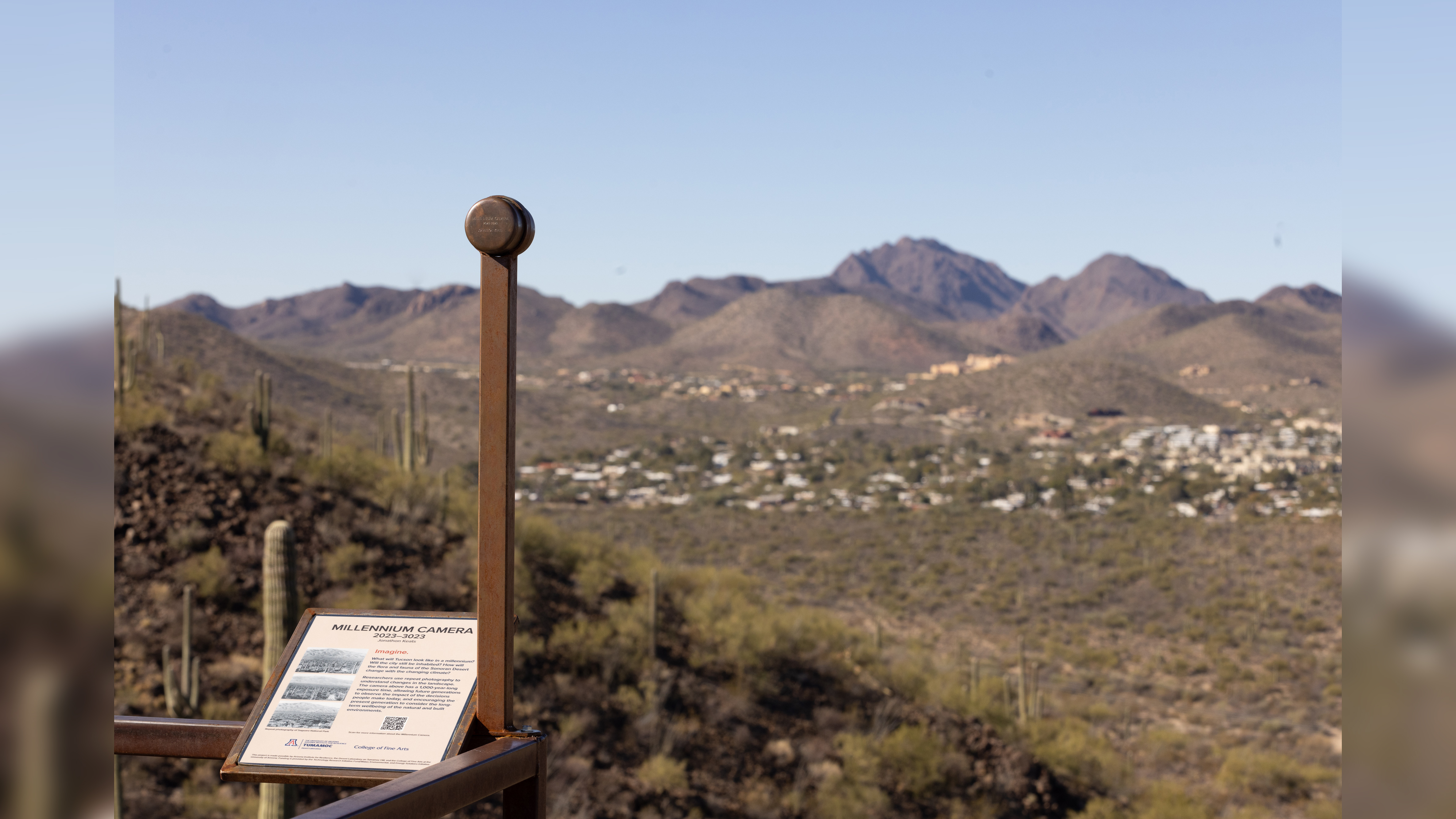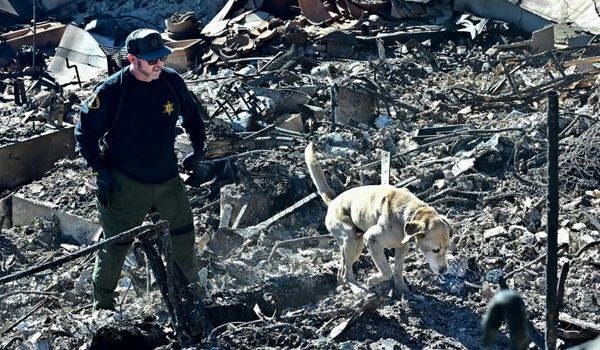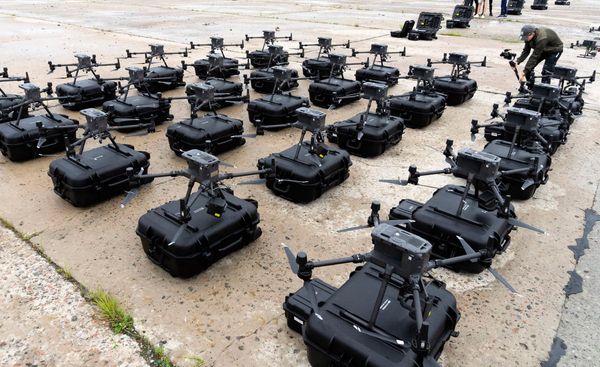
How will the earth change in the next thousand years? This question was pondered by experimental philosopher, Jonathon Keats, which led to an experiment to document the dynamic changes in the Arizona landscape, using a 1,000-year exposure. The exposure will be open from 2023-3023.
A research associate at the University of Arizona College of Fine Arts, Keats is fascinated with what he dubs "Deep Time Photography". According to the university: "Deep Time Photography is an art-and-science project by Jonathon Keats, aiming to photographically document the next thousand years of environmental change in the Sonoran Desert and beyond."
To capture an exposure as long as 1,000 years, a conventional modern camera would be impossible to use. Technology has come a long way over recent years but even the best mirrorless cameras would struggle with this endeavor! Instead, Keats turned to the past to see the future, by suggesting a new photography technique based on a pinhole camera.
"Pierced through a thin sheet of gold, a minuscule pinhole focuses light onto colored pigment, such that the color fades most where the light is brightest, very slowly imprinting a unique positive image."
As this would be the first experiment of its kind, the risks are extraordinarily high and may result in a completely blown-out image, or no image at all. After all, 1,000 years is a long exposure time even with a Lee Filters Big Stopper!

In partnership with the University of Arizona Desert Laboratory and the University of Arizona College of Fine Arts, Keats has placed several Millennium Cameras on Tumamoc Hill, looking out over an expansive view of Tucson.
Positioned near benches and observation points, the experiment will urge visitors to pause and contemplate how life may change over the next 1,000 years. The university states that there are "multiple opportunities for the public to engage in deep-time thinking as they explore the region".
The purpose of this experiment is to capture the passing of time and to evaluate the changes in landscape, urban development, and effects of climate change. Much like long exposure images taken of landscapes today, what remains still in the frame will be in focus and the dynamic subjects will be blurred. In this instance, the land will all but stay unchanged and in focus, but what of the vegetation and the housing? How will that change over the next millennium?
We will never know the results of this experiment, but it does provoke questions of the future of our landscapes and the role we play within them. "Most people have a pretty bleak outlook on what lies ahead," says Keats.
"It's easy to imagine that people in 1,000 years could see a version of Tucson that is far worse than what we see today, but the fact that we can imagine it is not a bad thing. It's actually a good thing, because if we can imagine that, then we can also imagine what else might happen, and therefore it might motivate us to take action to shape our future."
If you're interested in extreme time-exposures, take a look at the Solarcan and Solarcan Puck – which will be exhibited at The Photography & Video Show in Birmginham, England in March.







